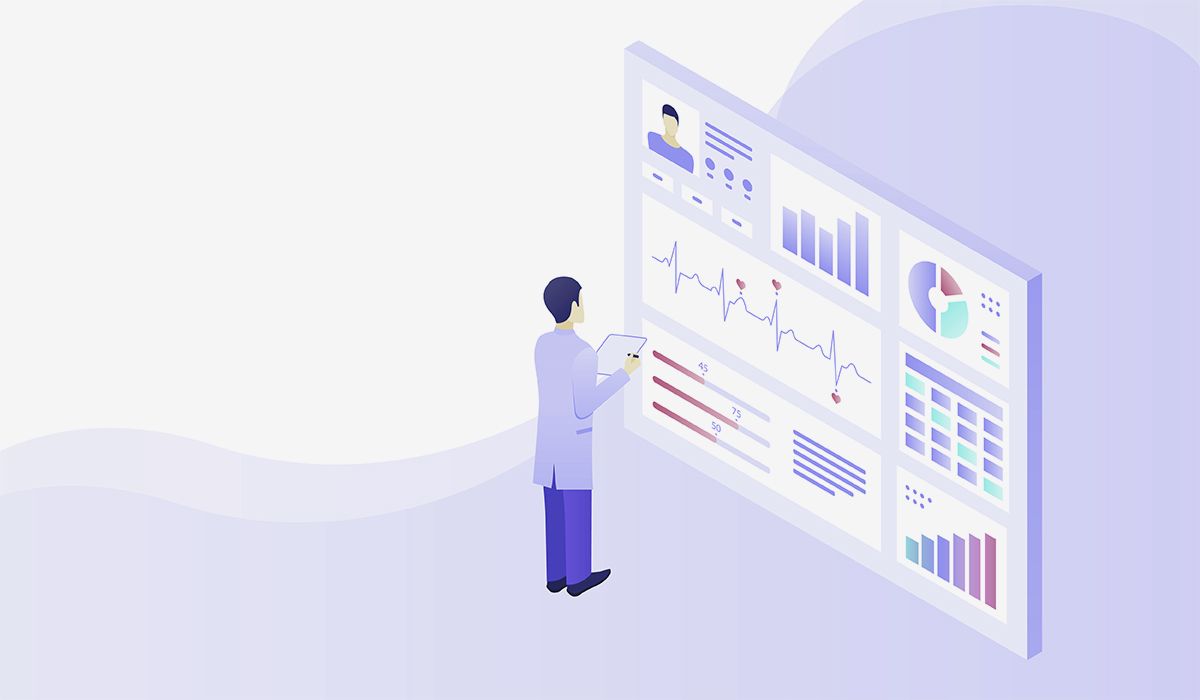Prescription drug monitoring programs (PDMPs) help physicians, pharmacists, and other health care providers make informed decisions about prescribing and dispensing controlled substances, and research shows that robust state programs lead to fewer opioid-related overdose deaths. Congress and the Centers for Disease Control and Prevention (CDC) agree, and have continued to make bolstering PDMPs a priority.
As required by Congress in the SUPPORT Act of 2017, the independent United States Government Accountability Office (GAO) recently examined how effectively health care providers have used PDMPs. GAO found, in interviews with pharmacists, physicians, and PDMP directors in 10 states, that PDMPs are useful in preventing drug misuse and potentially dangerous drug prescribing. However, the report also identified issues accessing PDMP data, citing difficulty tapping into patient prescription histories across state lines and clunky systems that require clicking within several computer applications before reaching the PDMP.
PDMPs originated as standalone systems in each state and territory. They were not originally connected or clinically integrated into electronic health records and other existing systems. Fortunately, NABP PMP InterConnect can solve these issues and, in fact, has been implemented in the majority of states. Rather than invent new technology where it is not needed, states should be able to focus their resources on securely and safely sharing data using this existing infrastructure.
So, What Is It?
PMP InterConnect, an online information-sharing hub, links state PDMPs. It joins 51 of 54 PDMPs across the country and one out of three prescribers uses it to access PDMP information. In the last year alone, more than 40,000 health care facilities integrated it into their workflows. All major pharmacy chains and the military health systems are connected. PMP InterConnect can also seamlessly integrate PDMP data into existing clinical workflows and assess an individual’s risk for abusing or misusing controlled substances. The result is that a patient’s prescription history can be viewed in one location, reducing provider assessment time. The data shows that in some states, prescriber engagement with PDMP data increases tenfold after they join the PMP InterConnect network. NABP’s system facilitates over 1 billion patient encounters per year, connecting over 100,000 facilities and 800,000 healthcare providers.
The Solution Is Already Here
The GAO report aptly recognizes the importance of PDMPs, interstate connectivity, and clinical integration. Providers working in facilities that do not yet have clinically integrated PDMPs would certainly express frustration – the solution is to continue integrating PMP InterConnect into more health systems so that providers no longer face those problems.
To further improve PMP InterConnect, we must build upon the existing infrastructure and continue to innovate and improve. We will also continue working with state governments to navigate the complexities of laws protecting this sensitive data and ensure appropriate data sharing among states.
We look forward to working with Congress and the Administration to bring this critical data to even more providers. Together, we can save even more lives.
